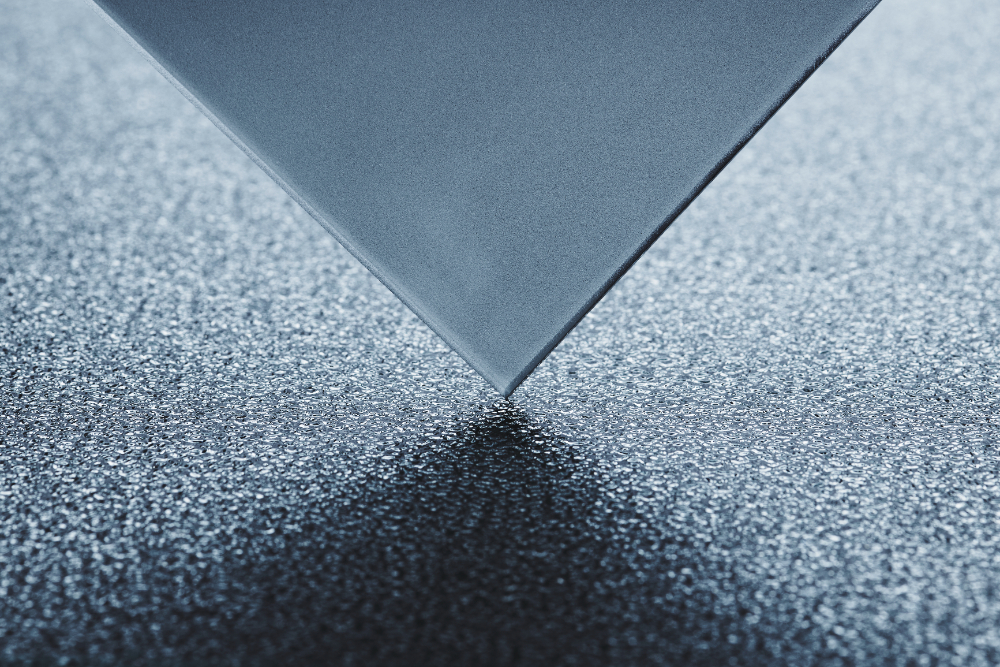Permanent mold casting aluminum is a popular method for producing high-quality aluminum castings used in a wide range of industries, including automotive, aerospace, and electronics. This method involves pouring molten aluminum into reusable molds, making it a preferred choice for high-volume production runs.
This page serves as an information-rich resource aimed at familiarizing engineers, procurement officers, and buyers with the intricacies of permanent mold casting aluminum. We delve into its process, advantages, applications, and important considerations, ensuring you gain a comprehensive understanding and can effectively apply this knowledge in decision-making or purchasing.




